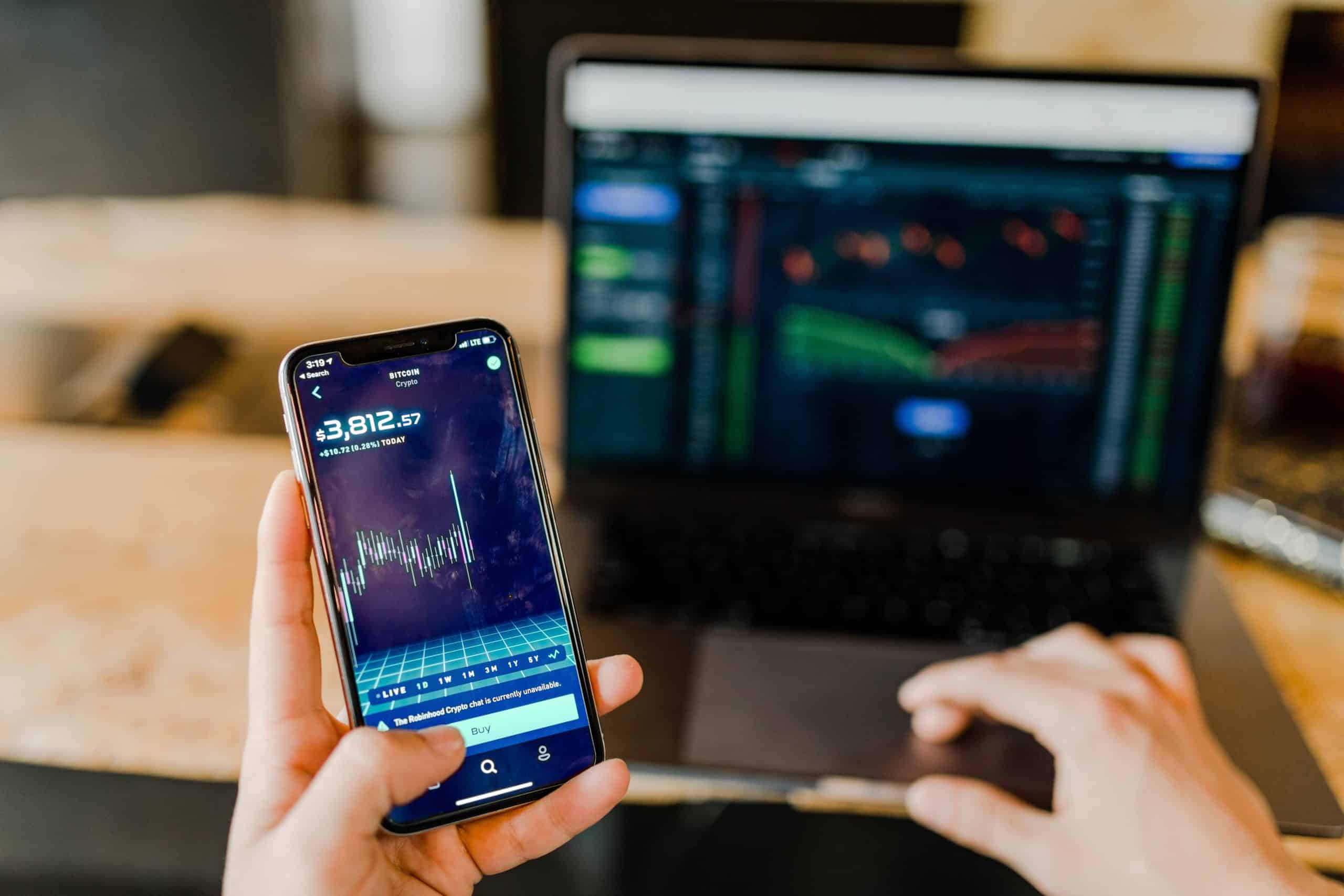Wealthtender is a trusted, independent financial directory and educational resource governed by our strict Editorial Policy, Integrity Standards, and Terms of Use. While we receive compensation from featured professionals (a natural conflict of interest), we always operate with integrity and transparency to earn your trust. Wealthtender is not a client of these providers. ➡️ Find a Local Advisor | 🎯 Find a Specialist Advisor

Paper trading for the beginning investor is like a flight simulator for a novice pilot or a driving simulator for teens learning to drive. You wouldn’t fly a plane or take a car out on the road without learning and practicing in a safe environment first. Well, the same can be said if you are just starting to invest in the stock market.
Paper trading—also known as “virtual stock trading” or “demo trading”—allows investors the opportunity to get trading experience in a realistic trading environment without risking actual money.
The practice of paper trading has been around for a long time. Before the Internet and online trading platforms existed, new traders would track their hypothetical trades on paper. They would write down their buying and selling decisions, jotting down the ticker symbol, entry price, exit price, and profit or loss for each “what if” trade.
Nowadays you can do all of your paper trading online if you so choose. You can access a wide range of platforms, apps, and trading games all designed to help novice investors get trading experience before committing real money. Many online brokerages include free trading simulators to help investors get used to their trading platforms and to educate them on how to make effective trades.
Or, you can go old school and track your trades with paper and pencil. Either way, the benefits of paper trading for investors can be enormous. Here are just a few…
It Costs Nothing
There is no financial risk with paper trading. The point is to learn about trading and educate yourself in a risk-free environment. You can’t lose money since all of your “trades” are on paper only (or virtual if you decide to use an online app to track your trades). You won’t need to transfer money into a brokerage account or even open an account at all.
You’re simply creating a “what if” scenario for a trade that you’re interested in making. You’ll pretend you’ve made the trade and then track your results to see how it would have turned out had you made the trade for real.
It’s Easy to Get Started
To get started, decide on the stock you’d like to trade. You’ll need to have a trading strategy first, which means you’ll need to have researched various stocks before deciding on a trade. A good place to begin your research is with this article that discusses the five free resources that will help you invest like a pro.
Once you’ve decided on a stock and a trading strategy, make a note of your desired entry point (i.e., buy price). When the stock reaches that price, you have a filled order and you can begin tracking the trade.
Be sure to make a note of your stop-loss. This is your exit strategy that will help you maximize gains and limit losses. As the market fluctuates, you might need to adjust your exit strategy to meet your trading goals. Once the trade hits your exit point, your trade is closed, and you’ll record a profit or loss.
Practice Makes Almost Perfect
Of course, there are no guarantees that paper trading will turn you into a successful trader. All traders, no matter how knowledgeable and well trained, experience losing trades. However, stick with the paper trading long enough and you should begin to see some patterns that could help you sharpen your skills.
Over time you’ll have executed enough hypothetical trades to give you an idea if you have a solid trading strategy. If your losses are high and you aren’t bagging enough profitable trades, refine your strategy and keep paper trading until your results improve.
At this stage, improvement might be incremental and seem slow going. Be patient and remember it’s OK (and actually preferable) to make lots of mistakes now when you don’t have any of your hard-earned money on the line.
Become a Confident Trader
Fear and greed are the two emotions that keep many a trader from turning a profit. When you’re in the midst of a fast-moving trade with real money on the line, it’s easy to be ruled by your emotions.
Fear can paralyze you like a deer stuck in the headlights, preventing you from making a quick decision that could help you realize a great profit or limit a painful loss. And, of course, greed can be equally dangerous, blinding you to obvious signs that a sweet trade is about to go sour.
One of the biggest advantages of paper trading is that it can help you deal with the dangers of emotional trading. That’s because, as a paper trader, your focus will be on becoming a confident trader, one that doesn’t succumb to the emotions of the marketplace. Before you even make your first real trade, you’ll have a clear strategy that keeps you on track to meet your financial goals.
That strategy will be your road map that you’ll refer back to when the markets become crazy—which they inevitably will. Taking the time and making the effort to educate yourself on the ins and outs of trading—which is exactly what paper trading entails—is a critical first step for anyone wanting to reap investment profits in the markets.
Wealthtender is a trusted, independent financial directory and educational resource governed by our strict Editorial Policy, Integrity Standards, and Terms of Use. While we receive compensation from featured professionals (a natural conflict of interest), we always operate with integrity and transparency to earn your trust. Wealthtender is not a client of these providers. ➡️ Find a Local Advisor | 🎯 Find a Specialist Advisor

